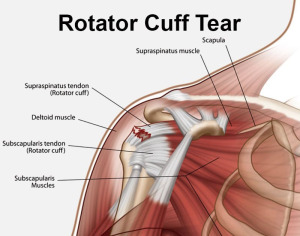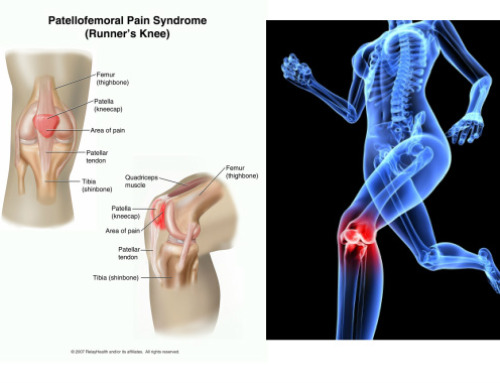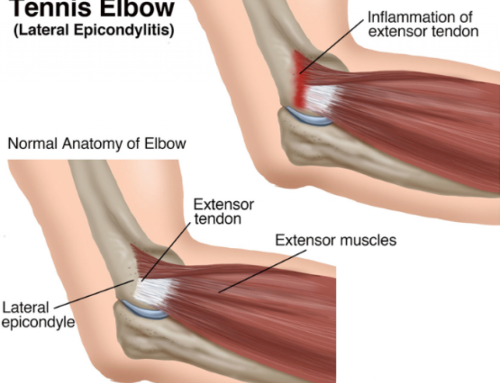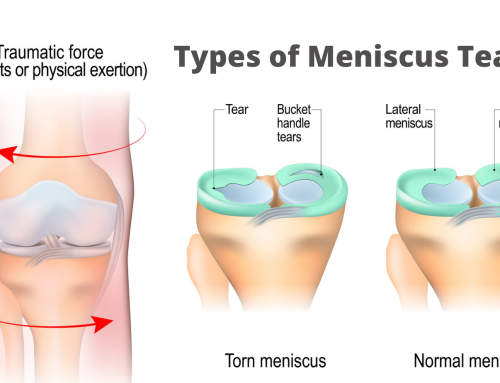Introduction
Rotator cuff tears can be a common cause of shoulder pain and functional limitations, affecting individuals of all ages and backgrounds. Whether you’re an athlete, an office worker, or a stay-at-home parent, a rotator cuff tear can significantly impact your daily life.
In this article, we’ll delve into the causes, symptoms, and treatment options for rotator cuff tears, highlighting how physiotherapy plays a crucial role in your recovery journey.

What is a Rotator Cuff Tear?
The rotator cuff is a group of muscles and tendons that surround the shoulder joint, providing stability and enabling a wide range of arm movements. A rotator cuff tear occurs when one or more of these tendons become damaged or torn, leading to pain, weakness, and limited mobility.
Importantly, a tear doesn’t necessarily mean the whole muscle or tendon is torn, it is likely the muscle/tendon is still able to contribute some strength and stability to the shoulder!
Common causes include repetitive overhead activities, trauma or injury, and age-related degeneration.
Recognising the Symptoms
Identifying the symptoms of a rotator cuff tear is essential for seeking early intervention. Look out for the following signs:
- Shoulder pain: Persistent pain, especially when lifting or reaching overhead, and night pain when lying on shoulder.
- Weakness: Difficulty performing routine activities or feeling a loss of strength in the affected arm.
- Limited range of motion: Trouble moving the shoulder freely, experiencing stiffness or a reduced range of motion due to pain and weakness.
- Nighttime discomfort: Difficulty sleeping due to shoulder pain when lying on the affected side.
The Role of Physiotherapy in Rotator Cuff Tear Recovery
Physiotherapy is a non-invasive and effective approach to managing rotator cuff tears. By working closely with a physiotherapist, you can expect a comprehensive treatment plan tailored to your specific needs. Here’s how physiotherapy can help:
- Accurate diagnosis: A physiotherapist will perform a thorough assessment to diagnose the extent of your injury, identify contributing factors, and create a personalised treatment plan.
- Pain management: Various modalities such as manual therapy, exercises, taping and modifications to daily life can help reduce pain and inflammation, promoting a more comfortable recovery.
- Strengthening exercises: Specific exercises targeting the rotator cuff and surrounding muscles can restore strength, stability, and flexibility to the shoulder joint.
- Range of motion exercises: Physiotherapy involves gentle stretching and range of motion exercises to gradually improve your shoulder’s mobility and prevent joint stiffness.
- Functional rehabilitation: Your physiotherapist will guide you through exercises that mimic real-life activities, helping you regain full function and return to your daily routine.
- Education and self-care: Physiotherapists provide valuable advice on posture correction, ergonomic adjustments, and proper body mechanics to prevent re-injury and promote long-term shoulder health.
Opting for physiotherapy as a Solution
While surgical intervention may be necessary in some cases (e.g. full thickness tears to multiple tendons), physiotherapy should be your first line of defence for managing rotator cuff tears. Not only does it offer a non-invasive and drug-free approach, but it also addresses the root causes of the injury, leading to long-term recovery and improved overall shoulder function.
Choose a Trusted Physiotherapy Clinic
To achieve optimal results, it’s crucial to work alongside experienced and skilled professionals who specialise in shoulder injuries and understand your life and goals.
Conclusion
Rotator cuff tears can be painful and debilitating, but with the right guidance and treatment, you can regain function and enjoy a pain-free life. Physiotherapy provides a holistic approach to healing, focusing on reducing pain, restoring strength, and promoting optimal shoulder function.




